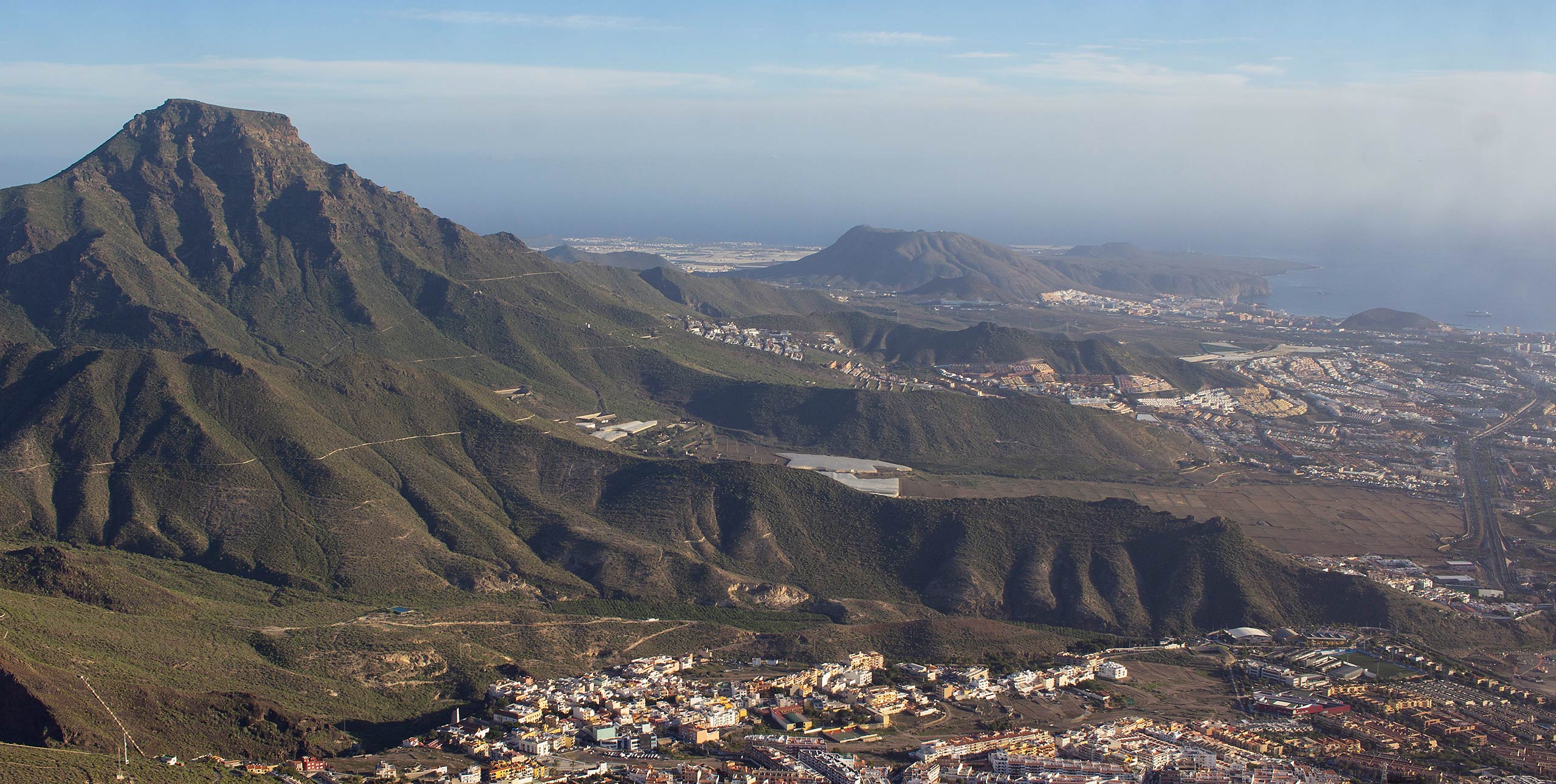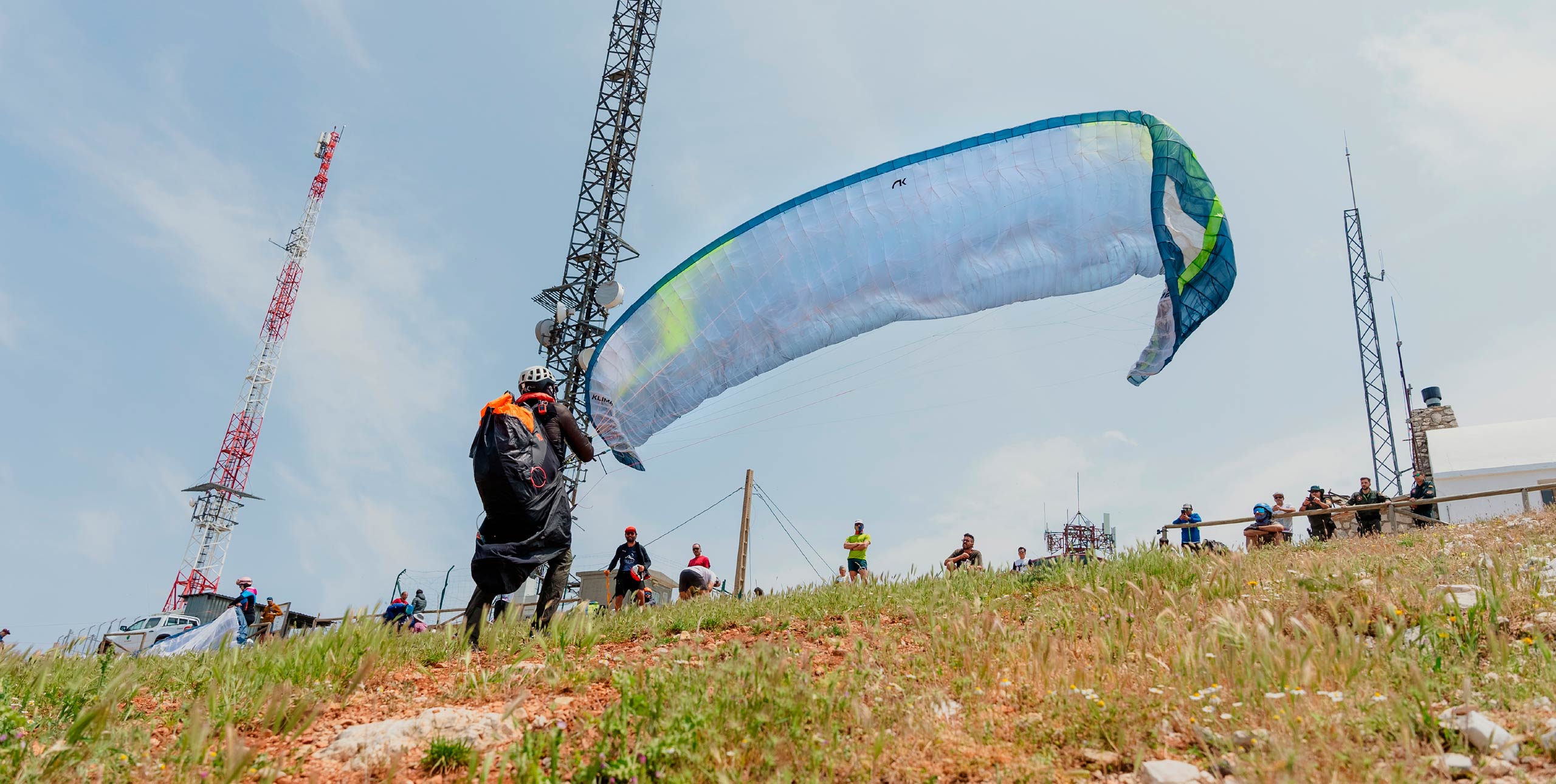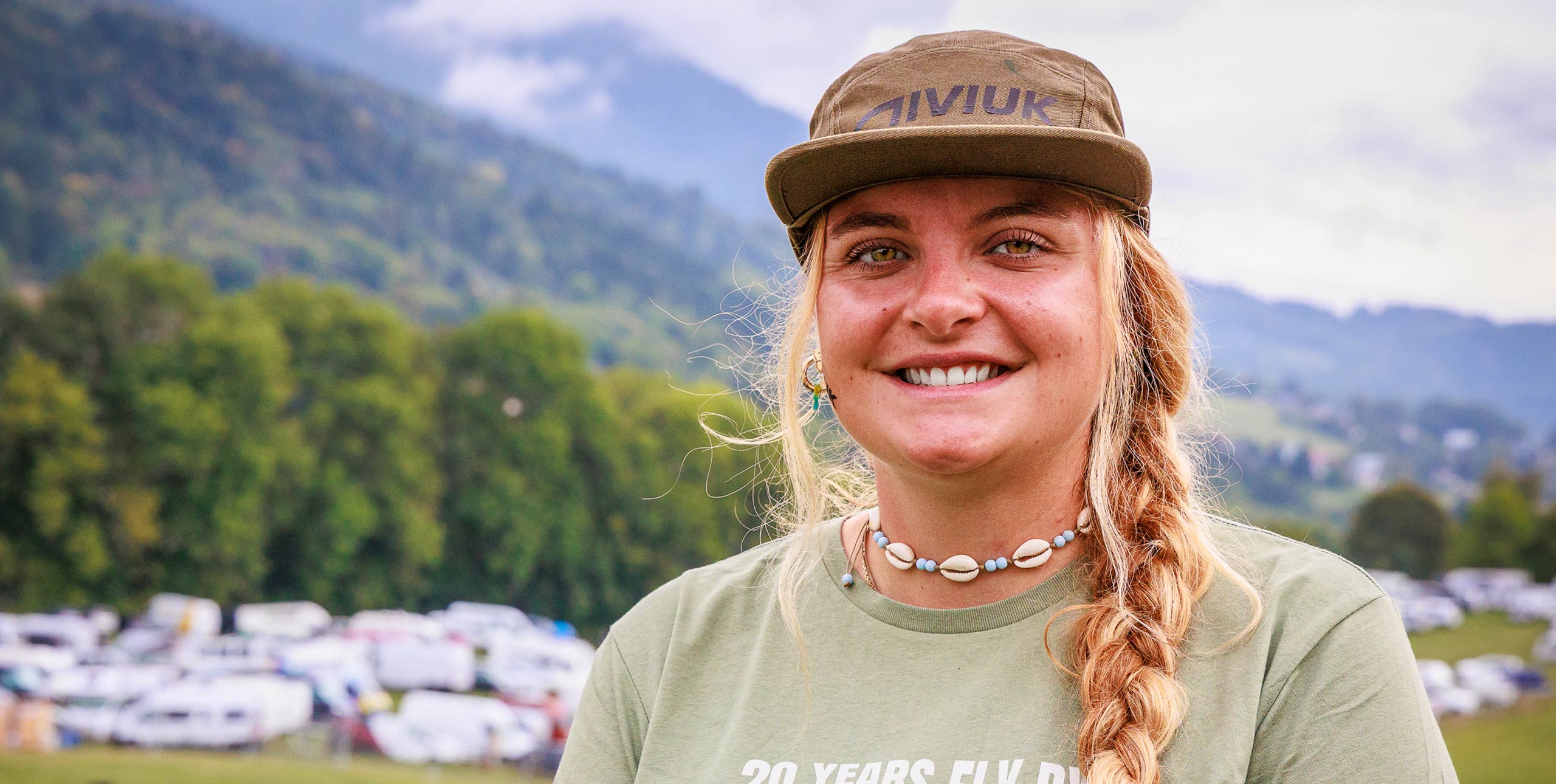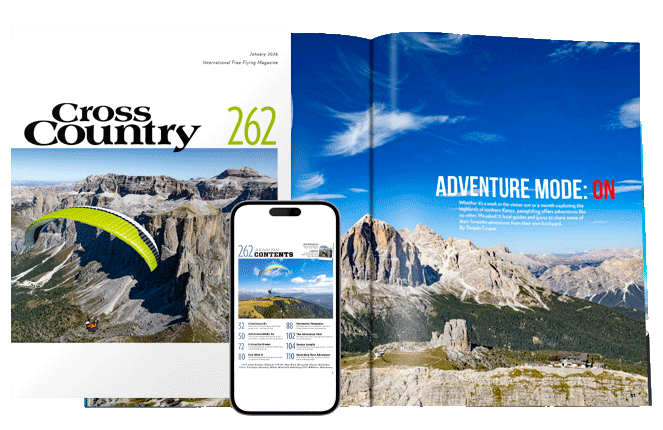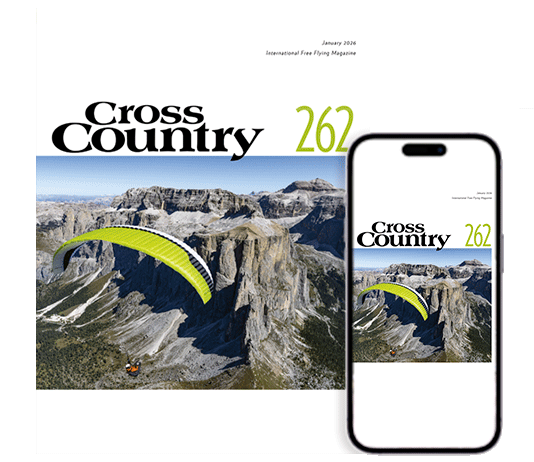
Peter Salzmann soars like a bird on wingsuit foil
First time sustained lift has been achieved in a wingsuit
19 November, 2025, by Cross Country | Photos: Sebastian Marko / Red BullJust when you think there’s nowhere left for innovation in human flight, along comes a Red Bull athlete with a foil attached to his wingsuit. After launching from a trike above the island of El Hierro in the Canary Islands, Peter Salzmann has succeeded in making the first sustained, altitude-gaining wingsuit soaring flight.
The Austrian wingsuit pilot managed to soar for 2m 40s and achieve a climb of 67m over a horizontal distance of 450m. “I was able to pass a point, soar along the mountain, turn around and after 40 seconds of flight, pass the same spot, but higher,” he said.
It is the first time anyone has managed to make sustained altitude gain while soaring in a wingsuit. While soaring, he completed multiple 180-degree turns, with less than 200m of altitude loss. What makes the achievement remarkable is the relatively gentle wind. Salzmann was able to soar in 40km/h winds. Previous attempts at wingsuit soaring have required extreme wind speeds of over 120km/h.
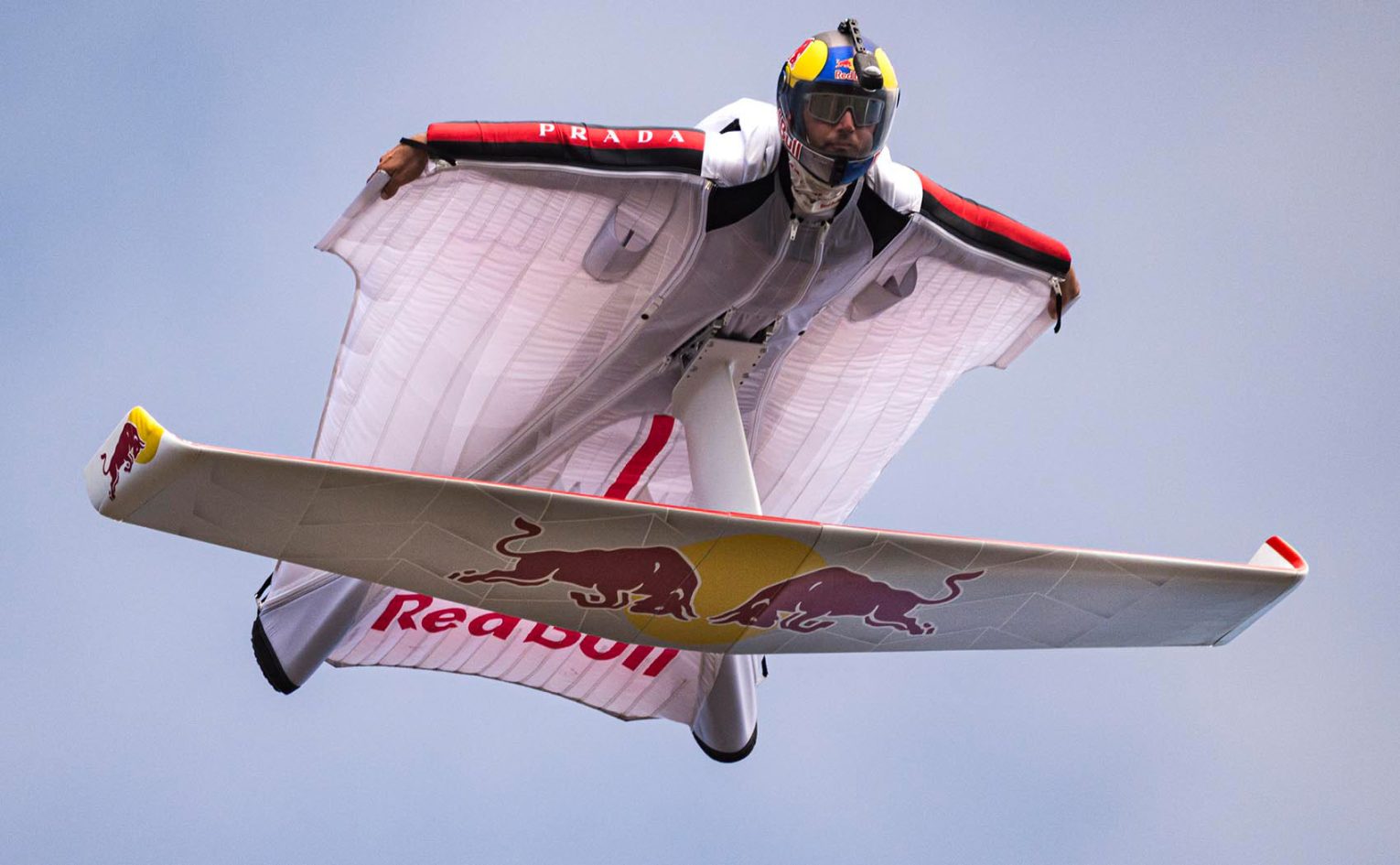
The project was years in development, with Salzmann working with Red Bull’s F1 team to design the foil. The challenge was to create a wing that would let Salzmann control his flight, stay close to the ridge, and complete the tight turns required for soaring.
Drawing inspiration from fixed wings in aviation and hydrofoiling, Red Bull Advanced Technologies and Austrian wingsuit expert Andreas Podlipnik designed a custom wing foil for Salzmann to wear underneath his body.
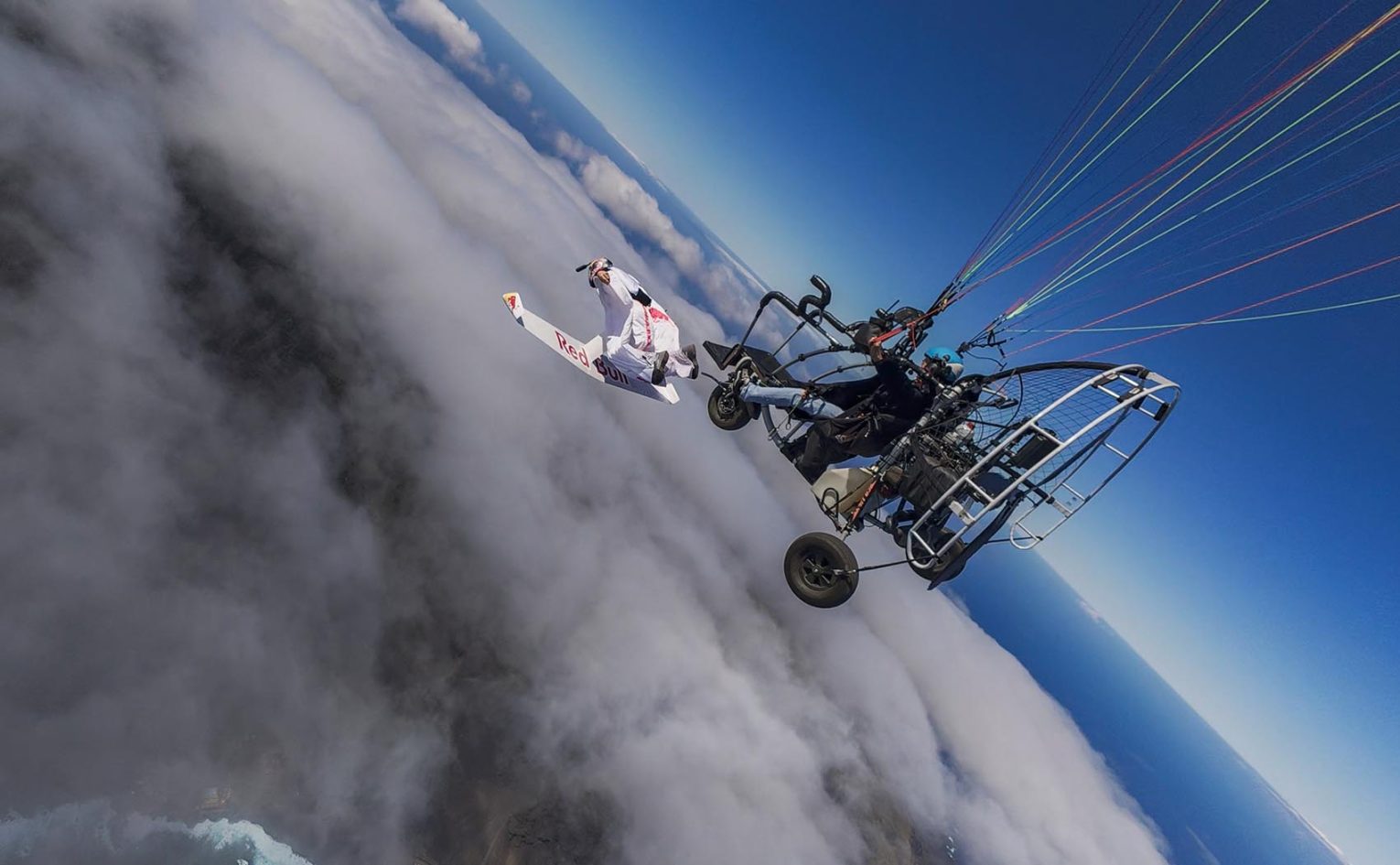
The aim was to reduce descent rate and increase flight stability with a wing design that helped maximise lift and efficiency when paired with the suit. Red Bull Advanced Technologies aerodynamic team modelled real flight conditions using the same Computational Fluid Dynamics (CFD) and analysis tools applied in the design of the Red Bull Racing Formula 1 car.
Multiple wing profiles and winglets were developed, then simulated in CFD to measure aerodynamic lift and drag. Through these iterations, the team refined the design until it met the usability criteria defined by Salzmann.

As for how it flew, Salzmann said it was the most challenging flight he’s ever done. “I had to fly the foil close to the stall point as it’s creating the most lift at that high angle of attack. As the lift and ridge aren’t constant, I had to fly super sensitively and actively correct directions and angles all the time.”
Given the cost of the development, it’s unlikely such foils will be readily available to wingsuit pilots. At least for now.
El Hierro is a well known site among acro pilots, with strong prevailing trade winds generating reliable lift along the coast.


